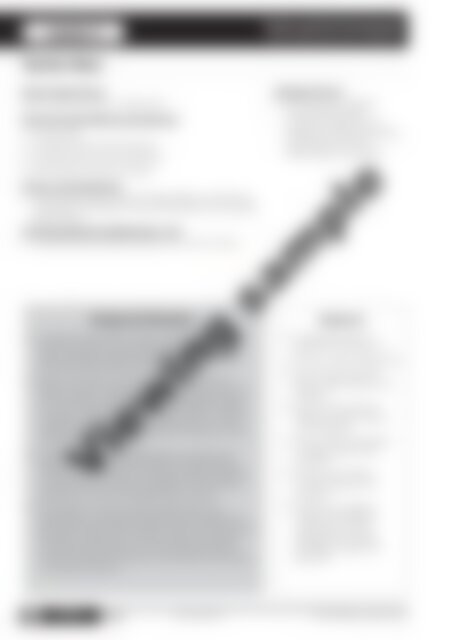PR-6170RUK Science A STEM Approach - Primary 1
You also want an ePaper? Increase the reach of your titles
YUMPU automatically turns print PDFs into web optimized ePapers that Google loves.
Lesson 4<br />
Earth and the Environment<br />
DAILY AND SEASONAL CHANGES<br />
Teacher Notes<br />
<strong>Science</strong> Inquiry Focus:<br />
How do seasons affect our daily lives?<br />
Skills Development/Working Scientifically:<br />
• Questioning<br />
• Investigating and experimenting<br />
• Analysing (sorting and classifying)<br />
• Recording and communicating<br />
<strong>Science</strong> Learning Outcome:<br />
• Pupils identify how seasonal changes affect our daily lives,<br />
including the clothing we wear, the activities we do and the<br />
places we go.<br />
Technology/Engineering/Mathematics Link:<br />
• Viewing and extracting information from online videos.<br />
Background Information<br />
• In Ireland, we have four seasons. Spring (February,<br />
March and April), summer (May, June and July),<br />
autumn (August, September and October) and winter<br />
(November, December and January).<br />
• Seasonal trends in clothing can be seen in clothing<br />
shops. Summer clothing is designed to keep you cool in<br />
the hot weather. Autumn clothing is designed to keep<br />
you warm in the cooler, windy weather. Winter clothing<br />
is designed to keep you warm in the stormy or snowy<br />
weather. Spring clothing is designed to keep you warm<br />
in the cooler, rainy weather.<br />
• Seasonal activities vary depending on interests and<br />
specific daily weather but generally include building<br />
sandcastles at the beach in summer, building snowmen<br />
in snowy winters, jumping in puddles in rainy winters,<br />
flying kites in autumn and gardening in spring.<br />
• The places we visit during each season also vary<br />
depending on interests and specific daily weather but<br />
generally include visiting outdoor places such as the zoo,<br />
the park or the beach in summer, autumn and spring,<br />
and visiting indoor places such as shopping centres,<br />
cinemas and friends' houses in winter and on rainy days<br />
in spring and autumn.<br />
Assessment Focus:<br />
• Use the groups' posters<br />
to monitor the pupils'<br />
understanding of how we<br />
change our clothing, activities<br />
and the places we visit<br />
depending on the season.<br />
Resources<br />
• Completed copies of<br />
page 121 from Lesson 3<br />
• Four A3 copies of page 125<br />
• Online video—Autumn/<br />
Fall at <br />
• Online video—Summer<br />
Season at <br />
• Online video—Springtime<br />
at <br />
• Online video—Winter<br />
at <br />
• A selection of objects,<br />
images and books for<br />
each season. A list of<br />
suggestions has been<br />
provided on page 124<br />
(optional).<br />
Viewing sample<br />
122 <strong>Science</strong>:<br />
A <strong>STEM</strong> AP<strong>PR</strong>OACH<br />
Infants 978-1-912760-14-5 Prim-Ed Publishing – www.prim-ed.com


















